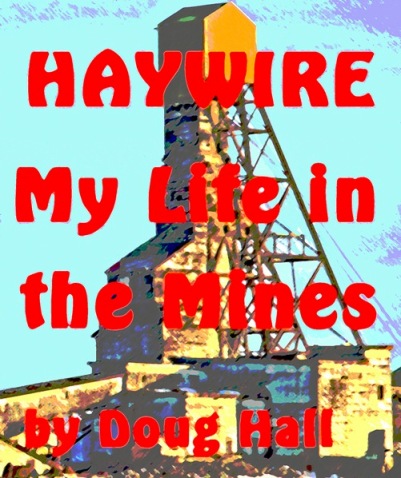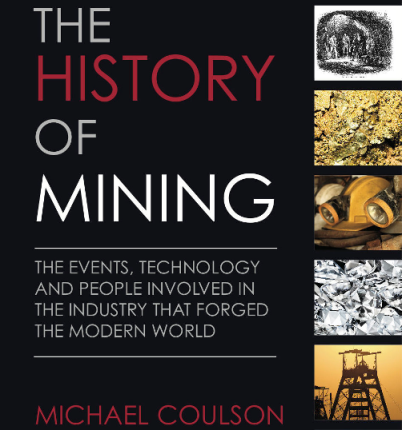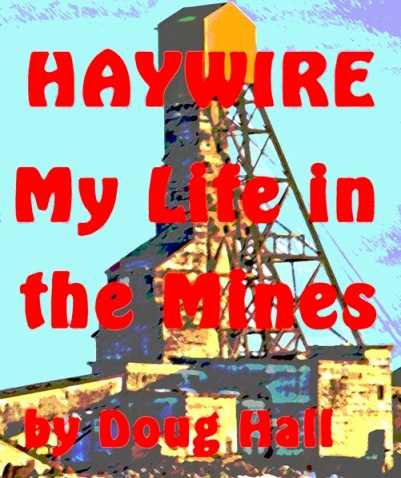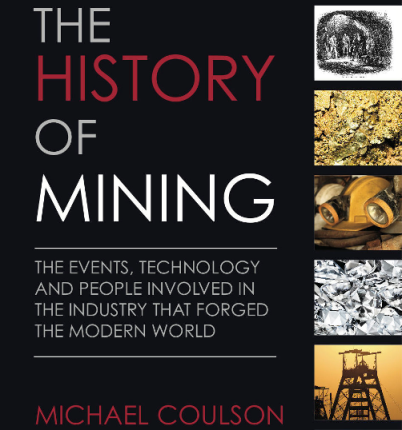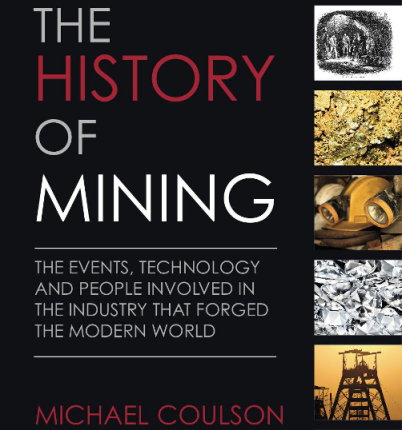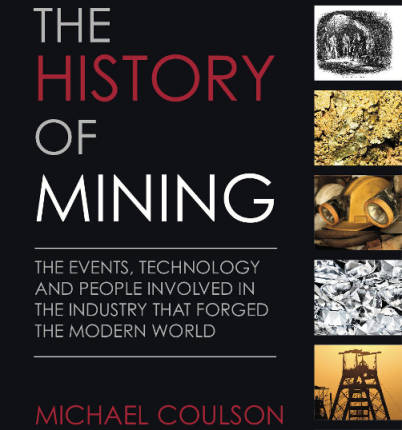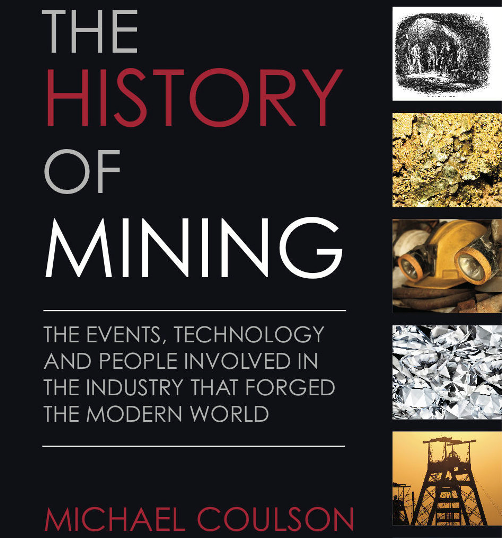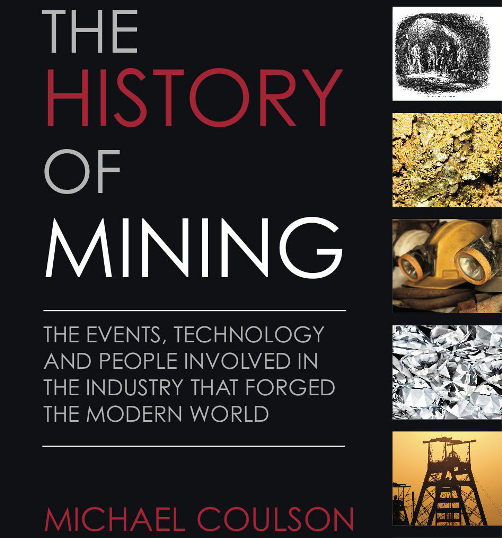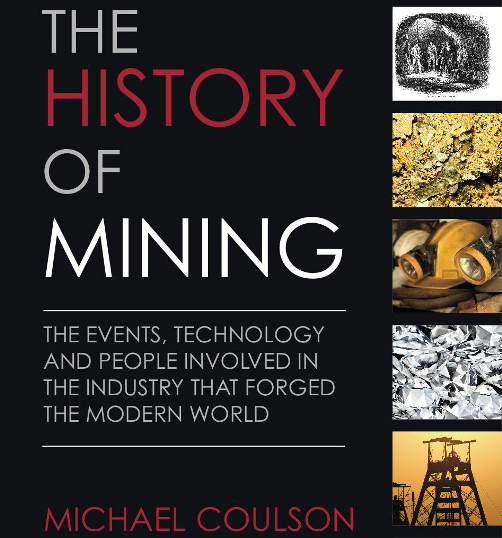The Sudbury Star is the City of Greater Sudbury’s daily newspaper.
Stompin Tom Connors’ Mining Songs: http://republicofmining.com/2013/01/21/stompin-tom-connors-wiki-profile-and-mining-songs/
The ties Stompin’ Tom Connors formed with Northern Ontario are legendary.
Connors, who was surrounded by his family when he died Wednesday night at age 77, often credited the Maple Leaf Hotel in Timmins for launching his professional career and the song he penned at the Townehouse Tavern — Sudbury Saturday Night — in 1965 became one of his biggest hits.
Charlie Angus — musician and Member of Parliament for Timmins-James Bay — says Connors showed Canadians who they were through his writing.
“I think what Tom did that was so important is that he put our experience and our places on the cultural map of Canada. I was talking to a woman who said when she was 11, she memorized Sudbury Saturday Night. She had never been there, but her dad worked at Stelco so she thought Stelco was like Inco and it was.
“My grandfather had been at the McIntyre mine (in Timmins) where the fire had been and Tom wrote the song and it gave chills to hear it. We thought we had that special relationship,” Angus said. Townehouse manager Paul Loewenberg said Connors captured the city very well when he wrote Sudbury Saturday Night in 1965.

























